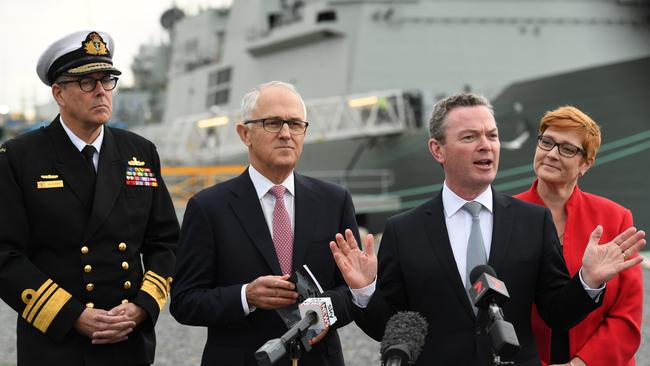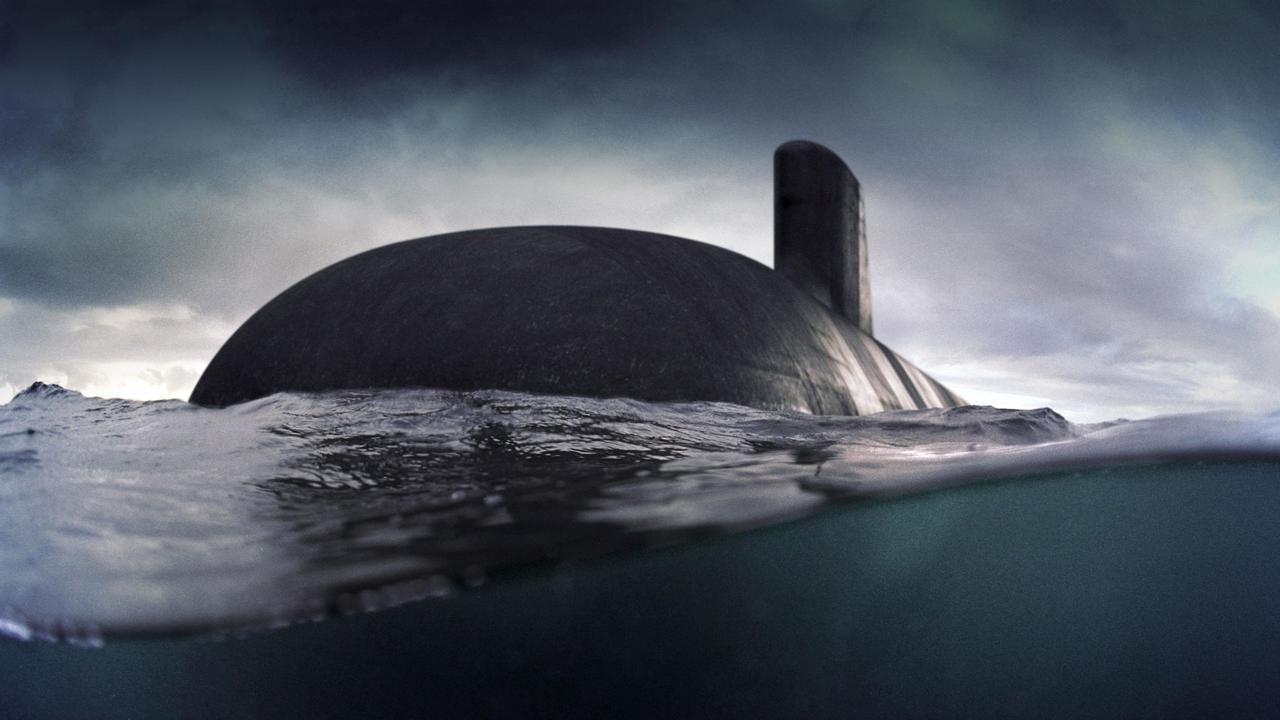$89 billion shipbuilding program: Migrant workers will be used as 5200 jobs created
MIGRANT workers will be employed in South Australia as part of the Federal Government’s $89 billion shipbuilding program, Defence Industries Minister Christopher Pyne has confirmed.
Jobs SA
Don't miss out on the headlines from Jobs SA. Followed categories will be added to My News.
- $1.2 billion boost for SA shipyards
- SA set for tiny part of $89bn shipbuilding contract says Defence SA
- New DCNS boss says Aussie companies a lock-in to build subs
- For and against: Did SA really lose out in the Budget?
- Feds buy Techport from State Government
- Work to start on major upgrade of Osborne’s ASC naval shipyard
TAFE SA has welcomed the National Shipbuilding Plan, just hours after SA Defence Industries Minister Martin Hamilton-Smith criticised it for lacking the detail needed to build industry capability.
Premier Jay Weatherill also condemned Prime Minister Malcolm Turnbull, who was in Adelaide to release the plan, for “telling us that we should be grateful for the crumbs that have fallen from the Commonwealth table”.
The State Government-owned training provider said it was ready to provide Australians with the practical skills needed to take advantage of careers within the “rapidly growing industry”.
“It is vital that we have the skilled workforce in SA, and Australia, to take advantage of the exciting opportunities created by the Commonwealth’s commitment to this growing industry,” TAFE SA chief executive Robin Murt said.
But Mr Hamilton-Smith said the plan “lacks detail about how much of the $89 billion naval shipbuilding program will be spent in Australia”.
“We are calling for mandated levels of Australian industry participation to be written into construction contracts for future projects once design activities are complete; in particular the $50 billion Future Submarine program,” he said.
“SA’s small and medium enterprises who are working on the Air Warfare Destroyer program are already struggling to survive as work on that program comes to an end.”
Federal Defence Industries Minister Christopher Pyne has confirmed migrant workers would be needed for the $89 billion shipbuilding program but he said it would only be a “minuscule” percentage of the 5200 jobs created.

As revealed by The Advertiser, the Federal Government has announced SA’s naval shipyard at Osborne will be transformed by a $1.2 billion injection into new infrastructure as part of the $89 billion program.
“We have to learn how to design and build submarines. Right now we have 60 Australians at Cherbourg in France learning about those skills for design,” Mr Pyne said this morning.
“We will also be bringing white-collar workers from DCNS to Adelaide to train and skill our workforce.
“It will be small numbers, it will be a minuscule number of the 5200-plus, but obviously we want them to transfer their intellectual property to our workforce.
“We can’t just learn that from reading a manual, we will need them here.”
My Pyne said the release of the National Shipbuilding Plan marks another milestone showing the Government was “cracking on” with the defence build.
“The National Shipbuilding Plan outlines what we need in terms of skills infrastructure and collaboration between the states and territories academia and industry,” he said.
Defence Minister Marise Payne said the plan sets out the essential facets that Australia needs to ensure we are able to start the OPVs here next year, and the future frigates in 2020.
Opposition Leader Bill Shorten — in Adelaide’s inner-west to spruik Labor’s education credentials — said the Federal Government had been “dishonest” about its school funding plan, and the South Australian jobs bonanza the shipbuilding program would create.
Mr Shorten said Mr Turnbull had “failed the jobs test” by failing to guarantee there wouldn’t be further job losses in SA’s naval shipbuilding industry.
“I think I’d rather have homegrown workers doing the jobs. For the last four years, the Liberals have played political games over the submarines and in the meantime we’ve seen Osborne and other places go backwards,” he said.
“I do think Mr Turnbull needs to guarantee no further job losses, I think he needs to further invest in TAFE so we can make sure we’re further training our own.”
The Government’s comparison website shows Cowandilla Primary School will receive a $3 million funding boost over the next 10 years but Mr Shorten said it was “misleading” because it fell well short of the scrapped Gonski plan.
“This is a less worse cut,” Mr Shorten said.


